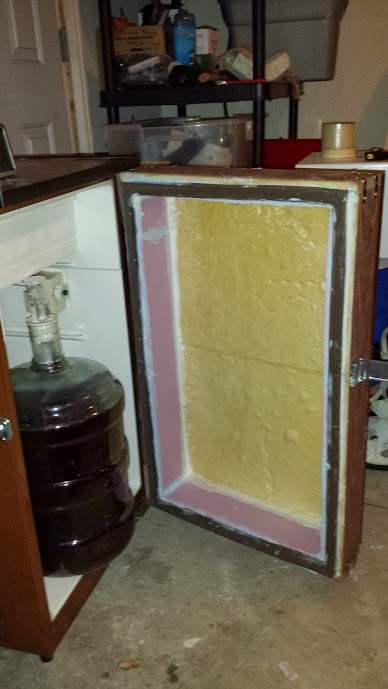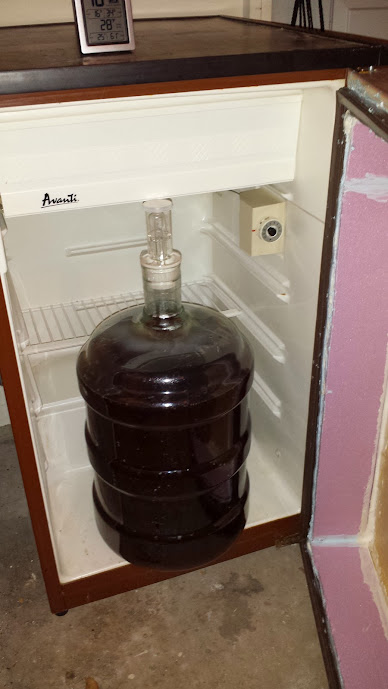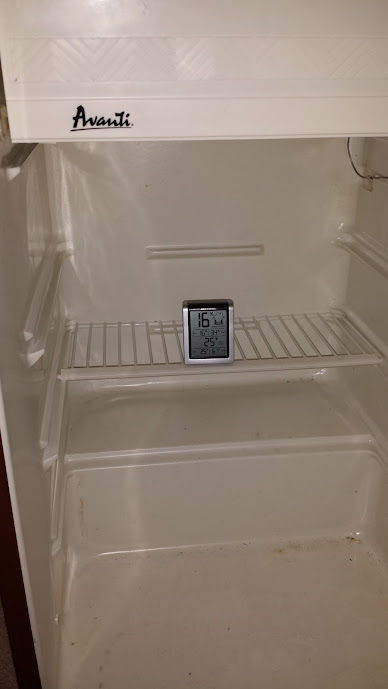mister704
Well-Known Member
So I finally got around to building my fermentation chamber because I was so worried about keeping my carboy down to lagering temperatures.
Looks to be maintaining 28F pretty good. I am in secondary so I am just waiting for the it to finish up.



Now my question...how can I manage the temperature inside. I know I can use the STC-1000 for cooling but how for heating? Reason I ask is because I want to know can I hardwire to the temp setter inside the fridge and then add a junction box for me to be able to plug something like a small black heat light for when I need to warm it up.
Is this possible or what would you all suggest? I want to be able to run the STC from outside the fridge so I would love to cut a section on the front through the foam on the door and mount a junction box with outlet in the back. Then I could just easily plug in a heating source.
Looks to be maintaining 28F pretty good. I am in secondary so I am just waiting for the it to finish up.



Now my question...how can I manage the temperature inside. I know I can use the STC-1000 for cooling but how for heating? Reason I ask is because I want to know can I hardwire to the temp setter inside the fridge and then add a junction box for me to be able to plug something like a small black heat light for when I need to warm it up.
Is this possible or what would you all suggest? I want to be able to run the STC from outside the fridge so I would love to cut a section on the front through the foam on the door and mount a junction box with outlet in the back. Then I could just easily plug in a heating source.




